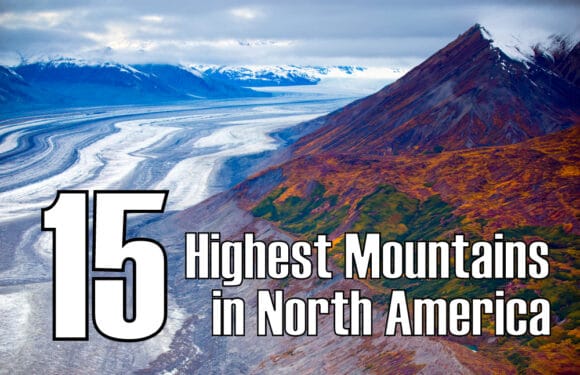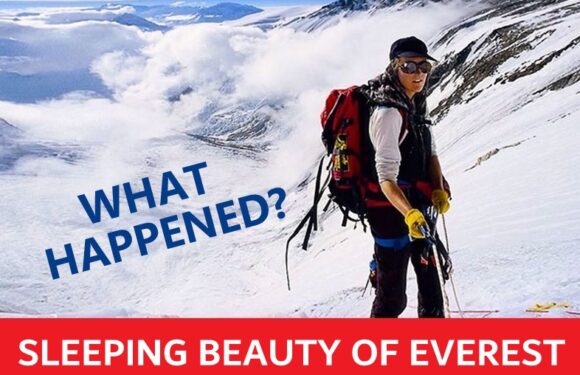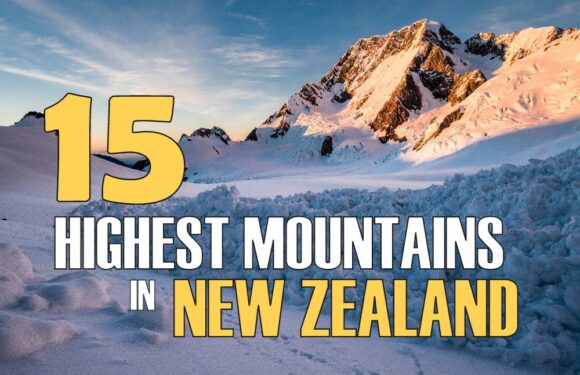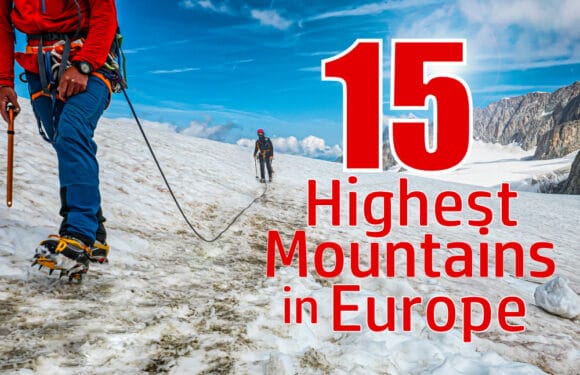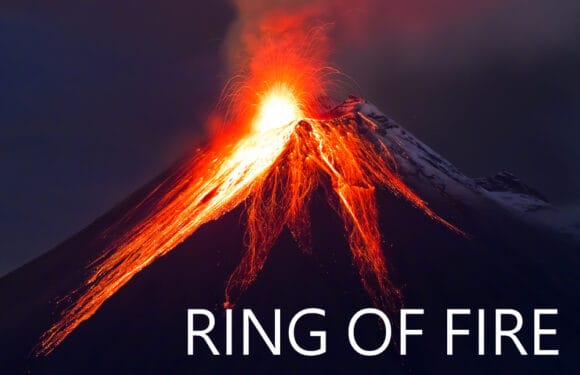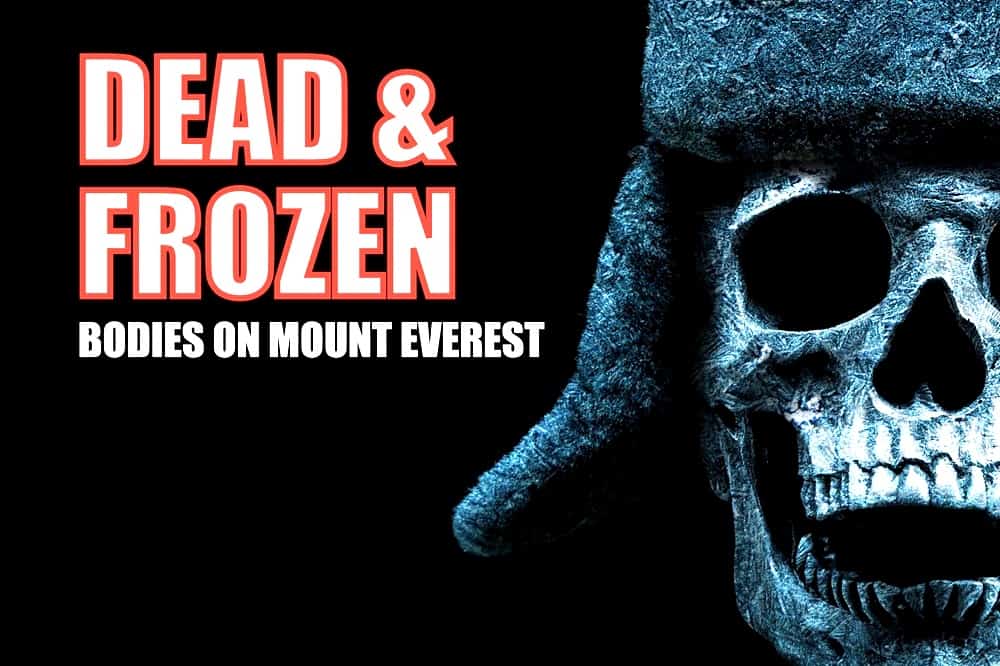
The world’s highest peak, Mount Everest, holds a somber distinction as the final resting place for many climbers who met their fate on its slopes. These bodies, preserved due to the cold, serve as grim reminders of the dangers people face when attempting to scale the grand heights of the Himalayas.
Mount Everest sits 29,032 feet (8,849 meters) above sea level, in the death zone. Located in Nepal and Tibet, Asia, it is one of the deadliest mountains in the world.
WARNING: This article contains graphic images. Reader discretion is advised.
Mount Everest’s Death Zone
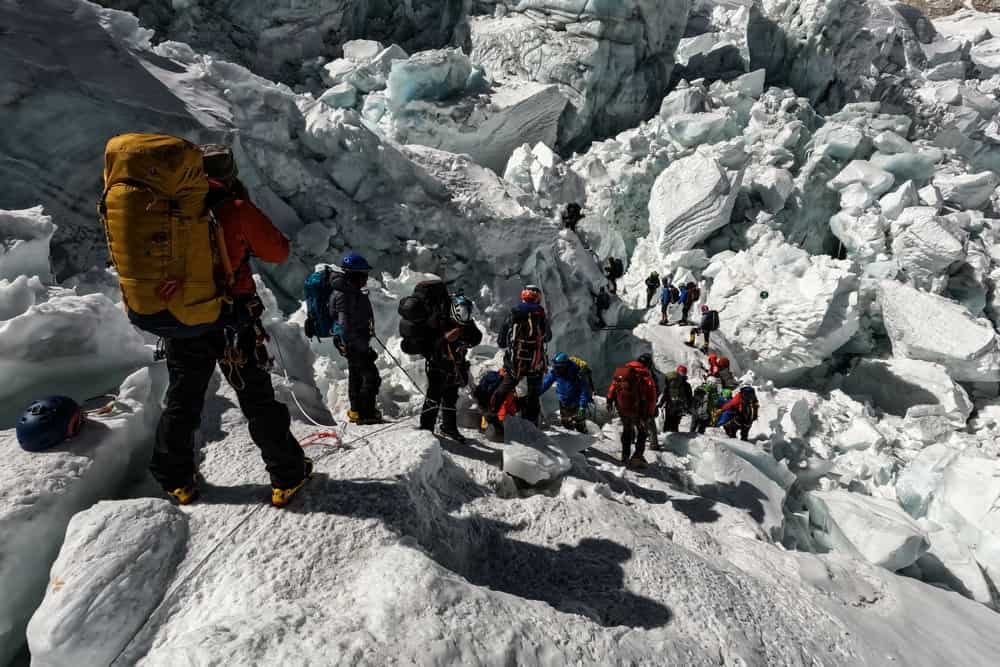
The infamous “death zone” on Mount Everest is situated above 8,000 meters (26,247 feet). It presents climbers with a intense challenge marked by extreme cold, dangerously low oxygen levels, and inhospitable conditions. As climbers ascend higher into the death zone, they must be vigilant in monitoring their physical well-being and mental state to mitigate the risks.
This high-altitude region is where many climbers succumb to the harsh effects of hypoxia, frostbite, exhaustion, and severe altitude sickness due to the lack of oxygen. Climbers venturing into the death zone must contend with physical challenges such as thin air and freezing temperatures. They need to move diligently yet swiftly to minimize their exposure to the deadly conditions. The risks are magnified by the unforgiving terrain and unpredictable weather patterns.
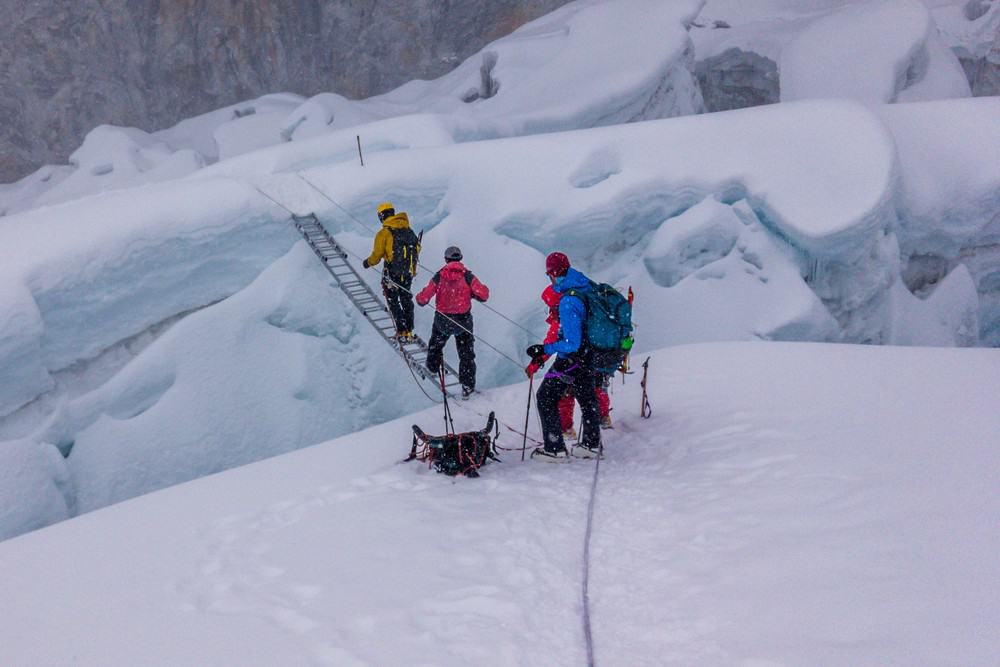
Scaling Mount Everest means mountaineers must maintain a delicate balance between pushing their limits and prioritizing their safety. Proper acclimatization and adequate nutrition and are essential components of a successful ascent. Exercising caution, sound judgment, and resilience is also required.
Why Bodies are Left on Mount Everest
The high-altitude environment and extreme conditions on Everest pose significant obstacles to recovery operations. Logistical complexities are the main culprit. It is highly inefficient, impractical, and dangerous to move frozen bodies, which can weigh over 300 pounds (136 kg). At these altitudes and under unpredictable weather conditions, body recovery is a perilous task that demands specialized skills and equipment. Some people have died while trying to recover bodies on Everest.
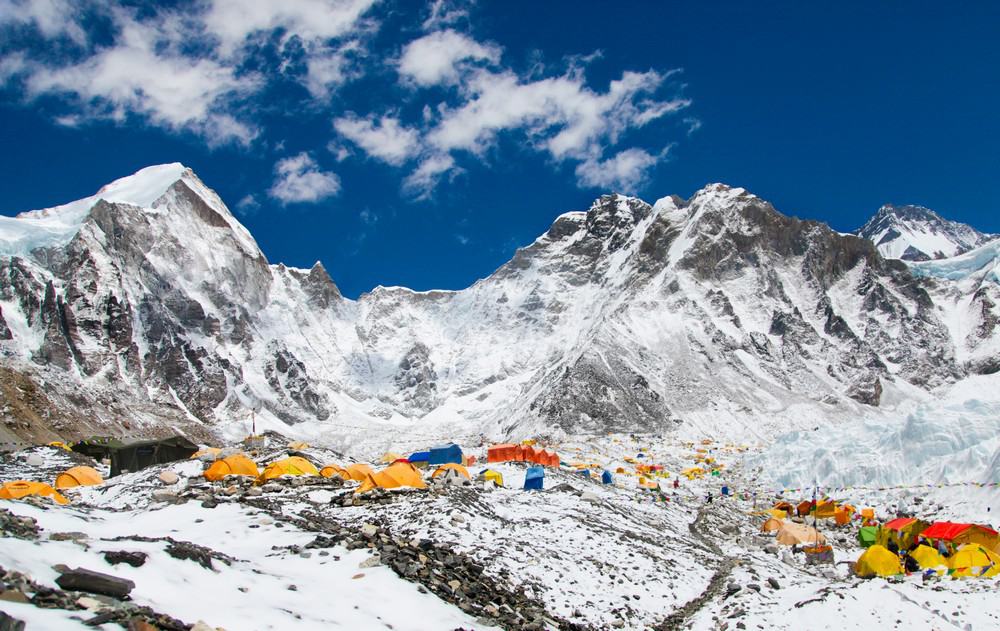
People often ask why helicopters aren’t used for rescue and recovery on Everest. The highest elevation that helicopters can reliably land is Camp 2, located at 21,000 feet (6,400 meters). The air density on the upper slopes mean that helicopters generally aren’t able to operate. Above a certain altitude, there are not enough air molecules for the rotors to create enough lift. The highest helicopter rescue ever on Everest was at 25,590 feet (7,800 meters) in 2013, done in calm weather conditions.
Finally, the costs associated with body recovery missions on Everest can be prohibitive, requiring substantial resources and expertise. While some bodies have been identified and relocated for various reasons, the majority of fallen climbers remain on the mountain where they died.
Rainbow Valley: Everest’s Open Air Graveyard
Rainbow Valley is the name given to an area on the mountain’s northeastern ridge route, just below Everest’s summit. The location is a critical point for climbers ascending or descending the summit via the North Col route. The name does not point to its natural beauty or vibrant flora, but for the colorful down jackets of fallen climbers strown across its landscape.
To date, it’s estimated that some 340 people have died climbing Mount Everest and that there are approximately 200 dead bodies still on the mountain.
Famous Deceased Climbers on Everest
The varied backgrounds of the deceased climbers on Everest paint a picture of the diverse individuals who sought to conquer the world’s highest peak. Most of the bodies lie where they passed, slowly decomposing and becoming part of the mountain’s landscape. Each fallen climber leaves behind a story that speaks to the inherent allure, and danger, of Everest.
May they all rest in peace.
Green Boots
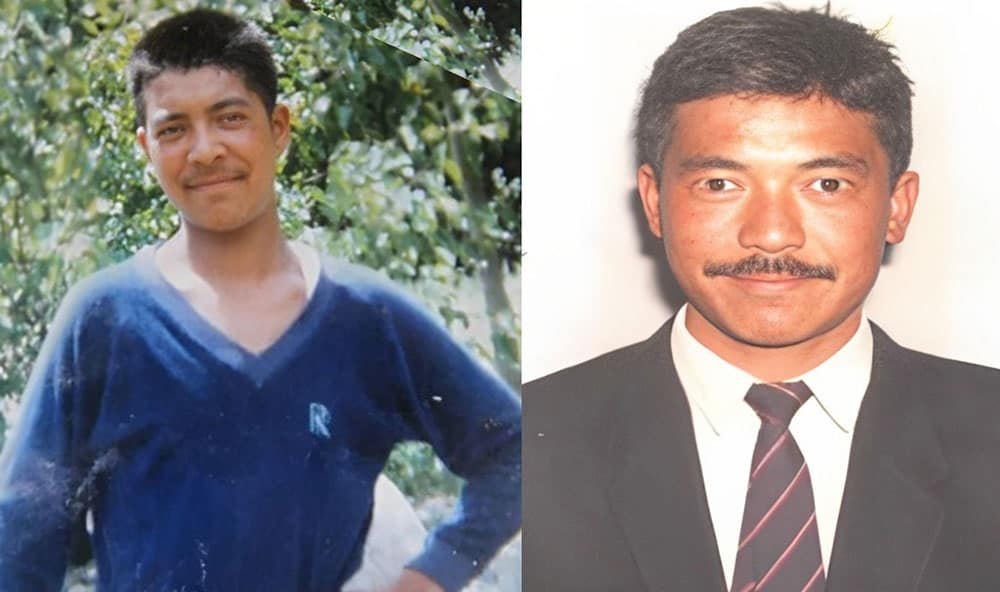
Perhaps the most famous of the fallen climbers is Green Boots, believed to be Tsewang Paljor. He lost his life during the ill-fated 1996 Everest expedition involving the Indo-Tibetan Border Police team from India. The name Green Boots refers to the green Koflach mountaineering boots on his feet.
Paljor and his six-person team were caught in a blizzard, just short of the summit. While three of members turned around, Paljor and two others decided to continue to the summit. They never made it back. Green Boots became a landmark on the main Northeast ridge route until the body was eventually moved to a more discrete location in 2014.
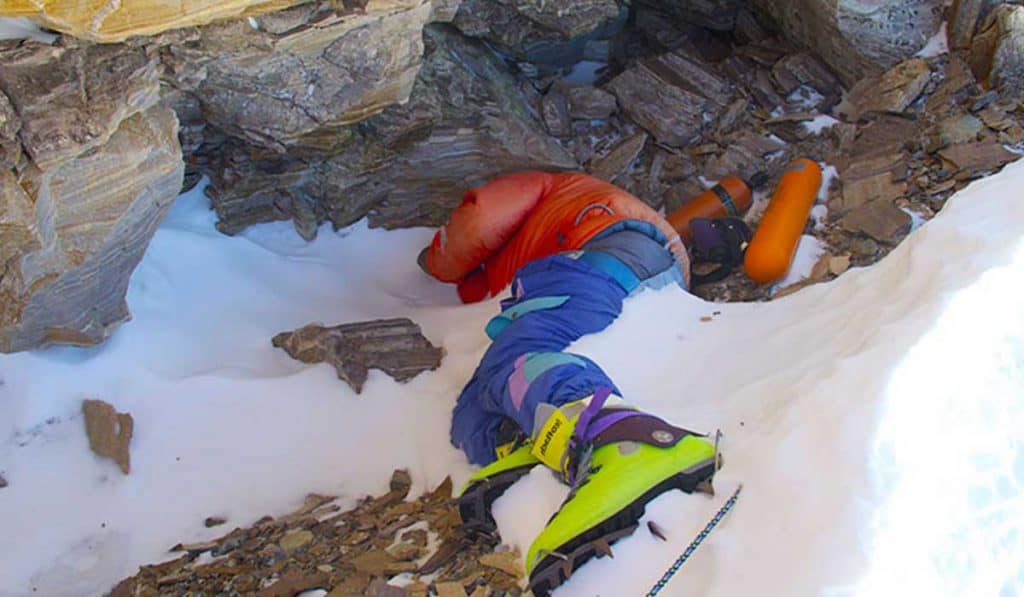
The 1996 Everest tragedy stands as one of the deadliest disasters in the history of climbing Mount Everest. A sudden and severe storm, with fierce winds and blinding snow, was a primary cause of the disaster. A high number of climbers were attempting to summit on the same day, which created a bottleneck at the Hillary Step. This delayed climbers’ ascent and descent during a critical time window. A total of eight climbers lost their lives.
The disaster brought to light concerns about the increasing commercialization of Everest climbs. Some argued that too many inexperienced climbers were being guided up the mountain, increasing the risk of accidents.
Read more about Tsewang Paljor.
Sleeping Beauty
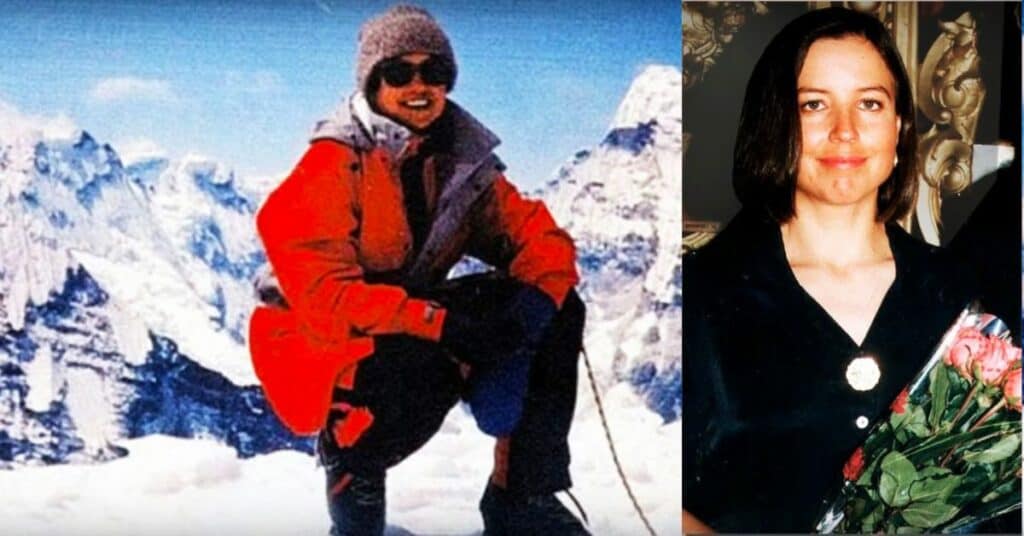
Another famous figure is Francys Arsentiev, known as Sleeping Beauty. She lost her life on Everest while attempting to summit in May 1998. Francys Arsentiev and her husband, Sergei Arsentiev, embarked on their Everest summit attempt with the goal of reaching the top without supplemental oxygen, a tremendously arduous feat. The pair successfully reached the summit, but encountered difficulties on their descent.
During their descent, Francys became separated from Sergei. She was weak from exhaustion, cold, and the effects of altitude sickness. A team from Uzbekistan treated her with oxygen and carried her down to 800 feet (244 meters) below the summit, when they became too tired to continue the effort. The next morning, Francys was found still alive but in a critical condition by other climbers, including Ian Woodall and Cathy O’Dowd. Her last words, “Don’t leave me,” added a deeply human element to the tragedy.
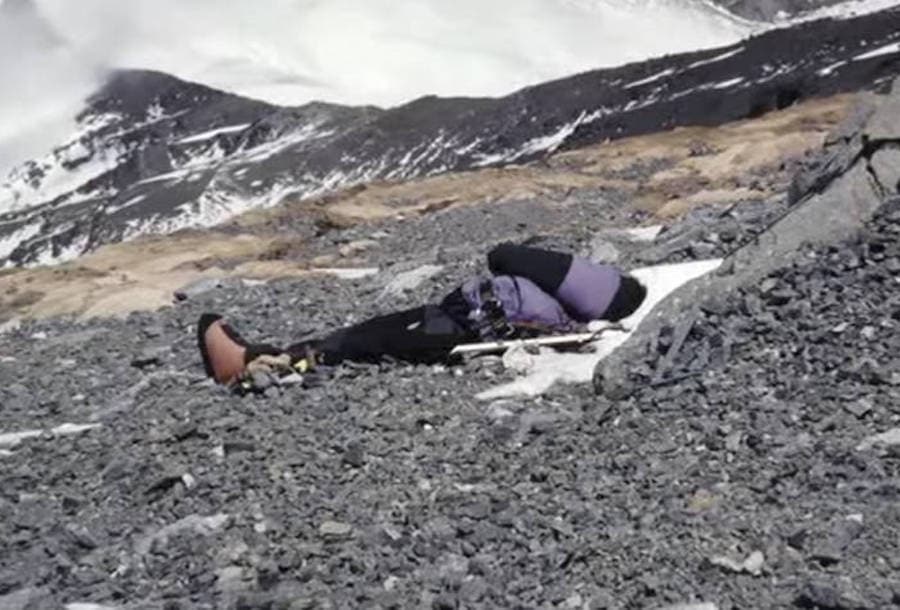
Sergei also lost his life during a desperate attempt to find and save his wife. His body was discovered during the 1999’s Mallory and Irvine Research Expedition.
Francys became known as the Sleeping Beauty of Everest due to her appearance. She laid on the mountain as if she were sleeping. And her skin was white and waxy due to the cold. Her body was eventually recovered nine years later, in 2007.
Read more about Francys Arsentiev.
George Mallory
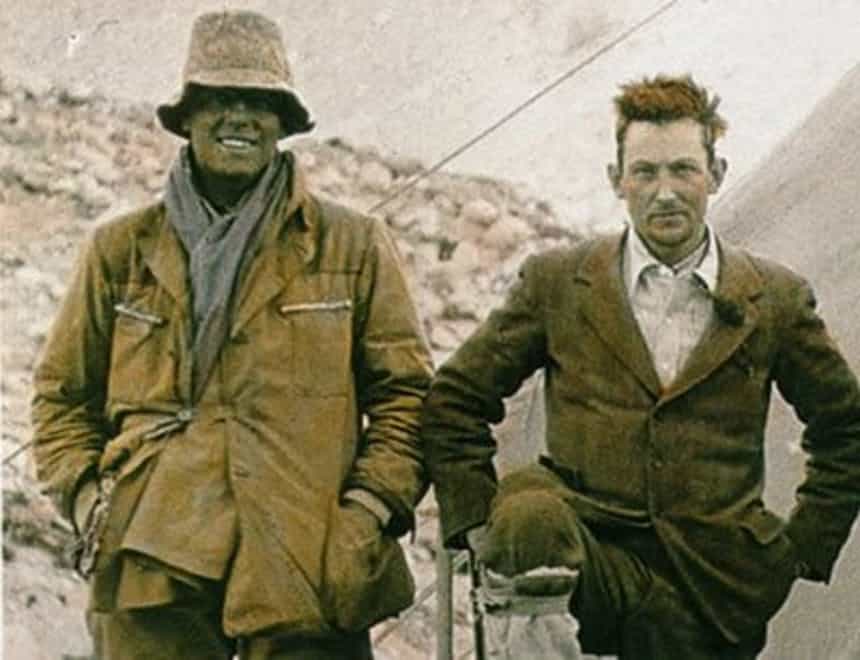
George Mallory, a British mountaineer, is one of the most enigmatic figures in the history of Everest exploration. His disappearance in 1924, alongside climbing partner Andrew Irvine, sparked one of the greatest mountaineering mysteries: Did Mallory and Irvine reach the summit of Everest before they perished? Mallory’s body was not discovered until 1999, leaving the details of his final hours largely speculative.
The exact circumstances of George Mallory’s death remain uncertain, but evidence suggests he suffered a fatal fall. When Mallory’s body was found on the North Face of Everest, it showed signs of numerous injuries, including a severe rope jerk injury around his waist, suggesting he had been tied to Irvine when he fell. The discovery of Mallory’s body also revealed he had severe head wounds, which likely contributed to his death.
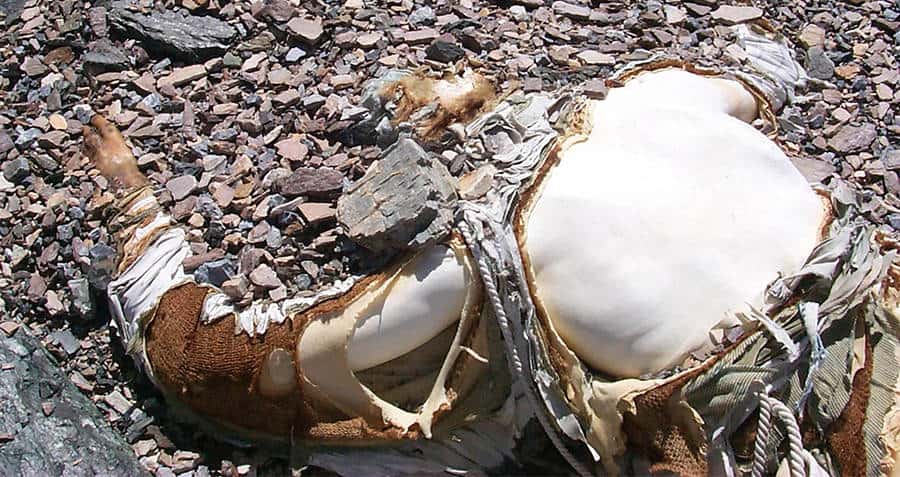
Mallory and Irvine were known to have carried a camera. However, it was never found. Additionally, Mallory promised to place a photograph of his wife on the summit. The photo was not found either, fueling ongoing speculation about whether they reached the top.
Mallory’s body was found lying on a remote part of the mountain and dressed in early 20th-century mountaineering gear. His body is believed to have been removed from Everest by the Chinese government.
Read more about George Mallory.
Scott Fischer
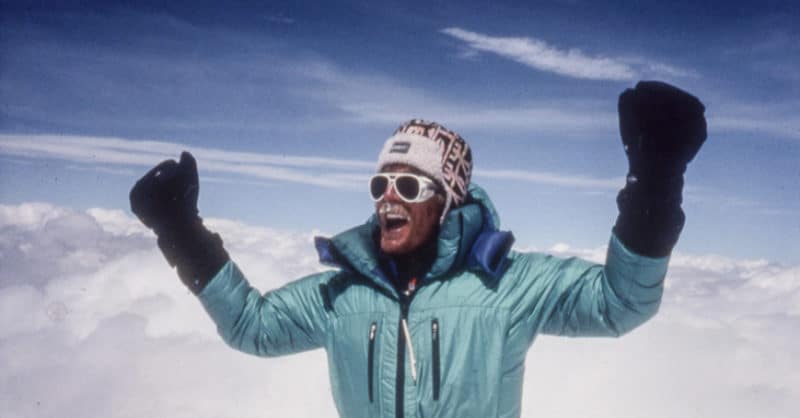
Scott Fischer was an experienced American mountaineer and mountain guide who lost his life during the infamous 1996 Everest disaster. His death is one of the most notable in the history of Everest expeditions.
Fischer died on May 11, 1996, during a descent from the summit of Mount Everest. He was the leader of the Mountain Madness expedition, one of several groups attempting the summit on the same day. Fischer reached the summit late in the afternoon but became seriously ill on the descent, suffering from symptoms consistent with high-altitude cerebral edema (HACE).
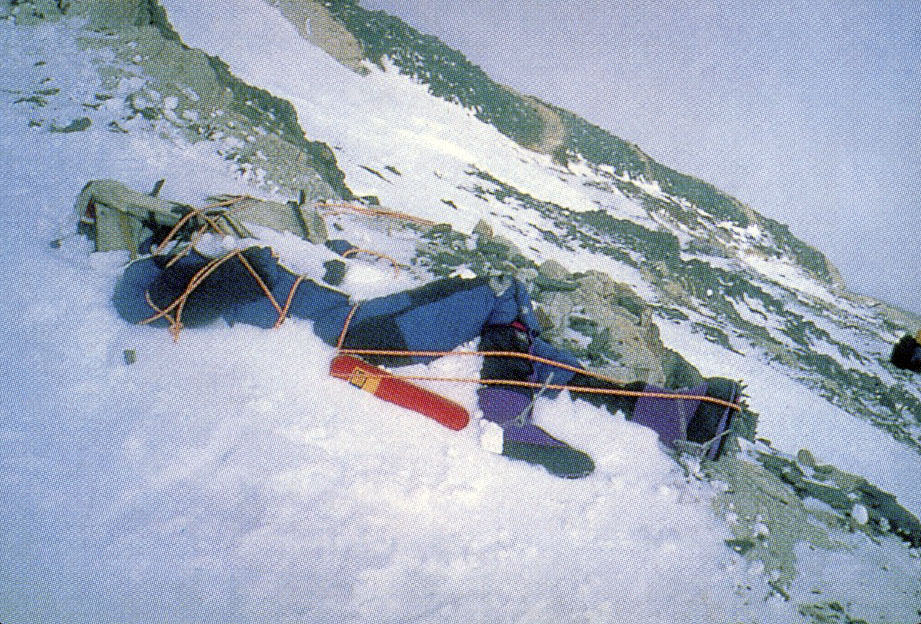
His condition deteriorated rapidly, and despite the efforts of fellow climbers and Sherpas to assist him, he was unable to descend under his own power. The severe storm that struck the mountain that evening compounded the difficulties of rescuing him. Fischer was last seen alive near the South Summit, where he eventually succumbed to his condition.
Following his death, Scott Fischer’s body remained on Everest. For years, his body was visible to climbers ascending the Southeast Ridge route. The exact location of Fischer’s body may have changed due to shifting snow and ice on the mountain.
Read more about Scott Fischer.
David Sharp
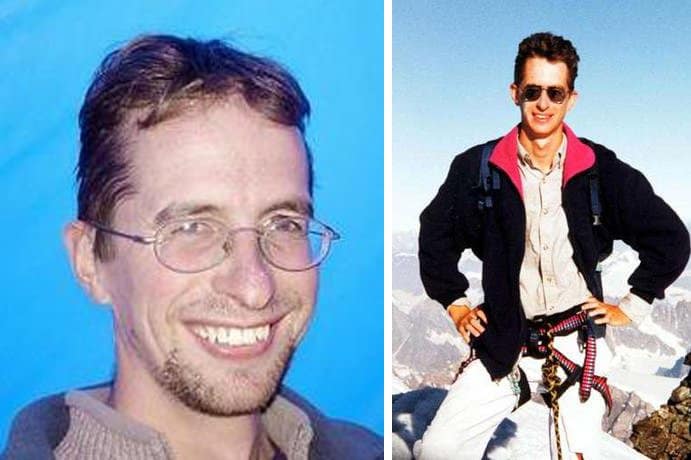
David Sharp, a British mountaineer, met a tragic end during his solo attempt to summit Mount Everest in 2006. Climbing without the support of a commercial expedition, Sharp was attempting to reach the summit using the North Col route.
On his descent, Sharp took refuge in a cave known as “Green Boots Cave,” named after the body of another climber, Tsewang Paljor, who died in the same location. Sharp succumbed to what is believed to be a combination of hypothermia, altitude sickness, and possibly oxygen deprivation.
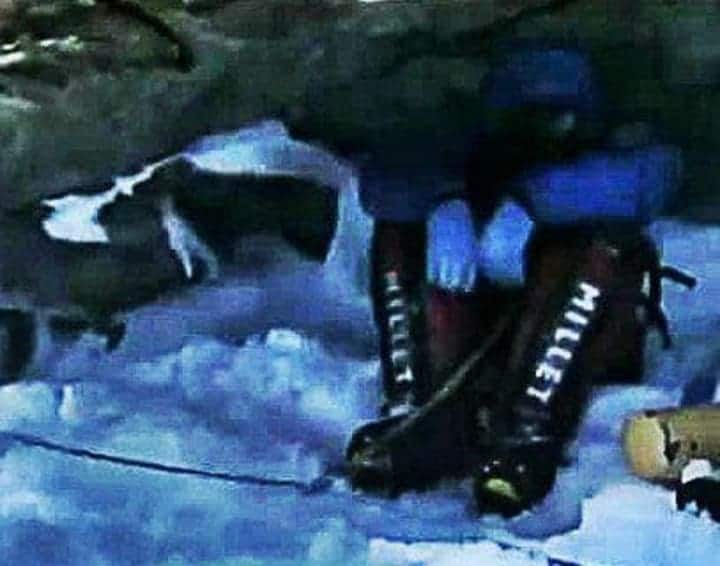
Reports suggest that over 40 climbers passed by him on the night of his death, with some mistaking him for a frozen body rather than a living person in distress. Criticism was directed at the climbers and expeditions that saw him but did not render assistance, with questions raised about the moral obligations of climbers to help those in distress.
Sharp’s body was eventually moved from its original location and placed out of sight.
Hannelore Schmatz
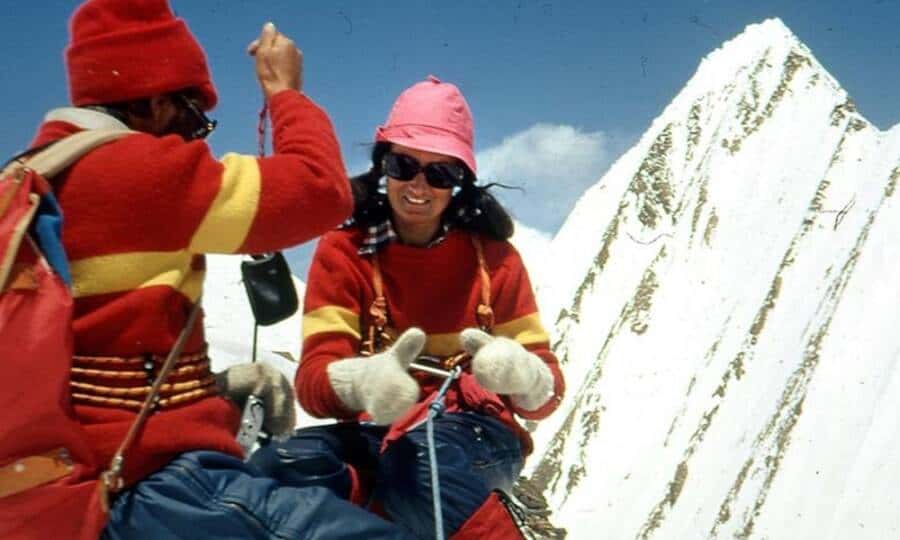
Hannelore Schmatz was the fourth woman to reach the summit of Everest. She was also the first woman to die on the mountain. Her Everest expedition in 1979 became one of the most talked-about stories in the history of climbing due to its tragic outcome.
In the autumn of 1979, Hannelore Schmatz, alongside her husband Gerhard Schmatz, joined an expedition. Gerhard was the expedition leader, and at 50, he was aiming to become one of the oldest climbers to summit Everest at that time. Hannelore was experienced, having climbed several high peaks, and was determined to make her mark on Everest.
Hannelore reached the summit of Everest late in the day, which left her and her companions with little time to descend before darkness and the extreme cold of the night. On their descent, just below the summit, Hannelore and another climber, American Ray Genet, decided to bivouac as they were too tired to continue.
Despite the efforts of their Sherpa guides to convince them to move, Hannelore and her companion stayed put. The decision proved fatal as they were exposed to the harsh elements at high altitude without adequate protection. Both Hannelore and Genet died. Their Sherpa guide survivied.
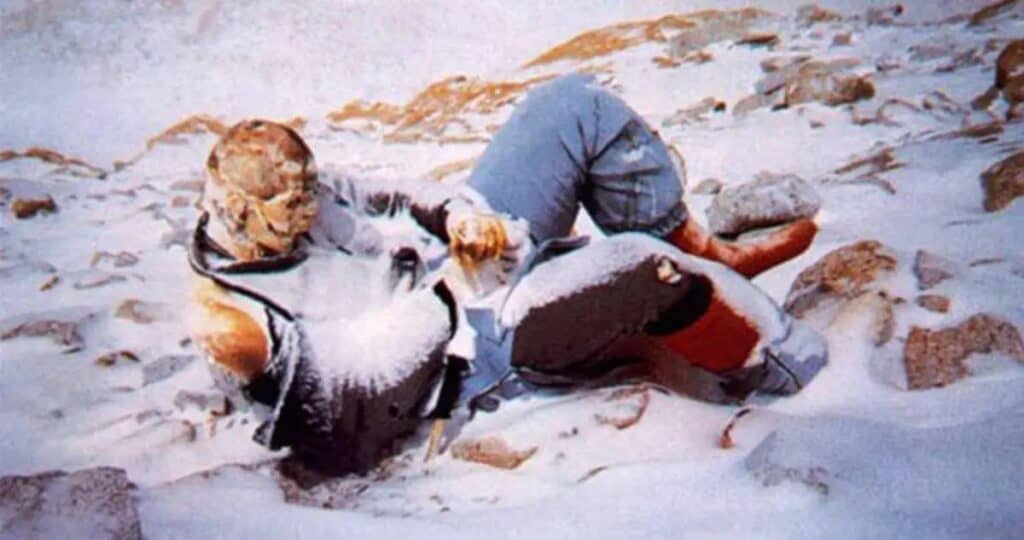
For many years, Hannelore’s body laid on Everest as a landmark just 328 feet (100 meters) above Camp IV. She rested in a seated position, leaning against her backpack, with open eyes and blowing hair. Eventually, her body disappeared from the mountain, moved by natural forces.
Read more about Hannelore Schmatz.
Rob Hall
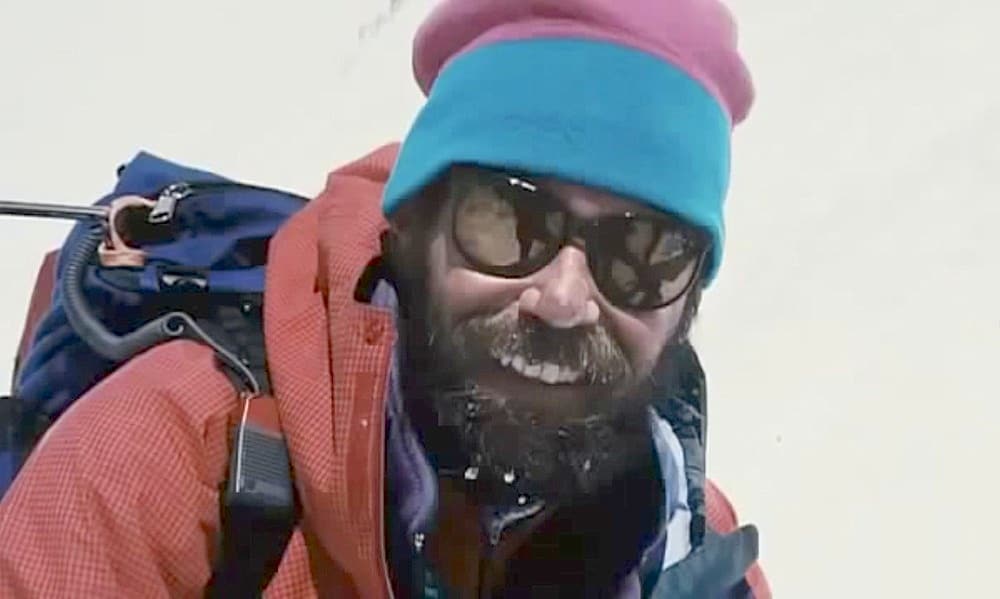
Rob Hall was a distinguished New Zealand mountaineer and founder of Adventure Consultants. He was a central figure in one of the most harrowing tragedies on Mount Everest on May 10-11, 1996.
Hall, who had successfully guided numerous clients to the summit of Everest in previous years, embarked on what was to be his final climb with a group that included both seasoned and less experienced climbers. The expedition’s ascent was hampered by delays. He successfully summited, but as the day wore on, conditions on the mountain deteriorated. A sudden stormstorm subjected climbers to blinding snow, strong winds, and freezing temperatures.
Hall and his client Doug Hansen became stranded just below the summit, caught in the storm’s ferocity with dwindling oxygen supplies. Hall was determined to stay with his client, who was too ill to move. Both climbers eventually succumbed to the elements. Hall’s final moments were marked by heartbreaking satellite phone conversations with his wife in New Zealand. Despite knowing his death was imminent, he calmy said,”Sleep well my sweetheart. Please don’t worry too much.”
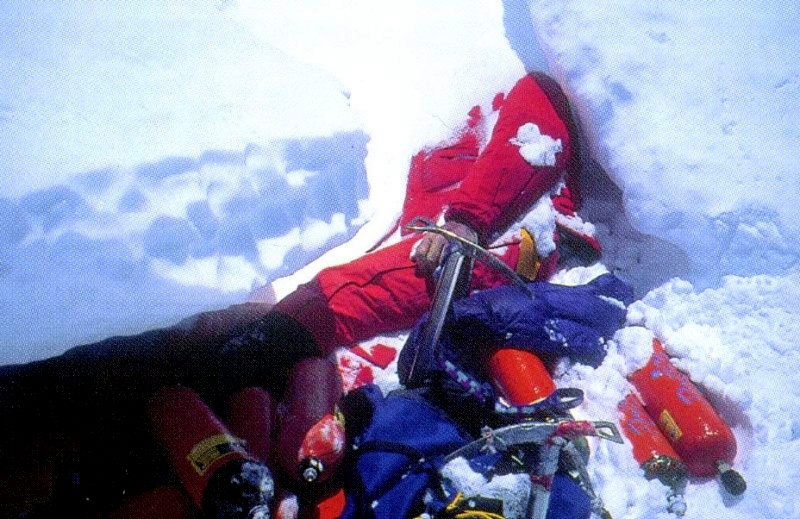
Hall’s body remains on Mount Everest, located where he died near the South Summit. His wife, Jan Arnold, believed that Hall’s body lies “where he’d like to have stayed” and doesn’t want people to endanger themselves in an attempt to recover his body. She has asked that his body be left alone.
Shriya Shah-Klorfine
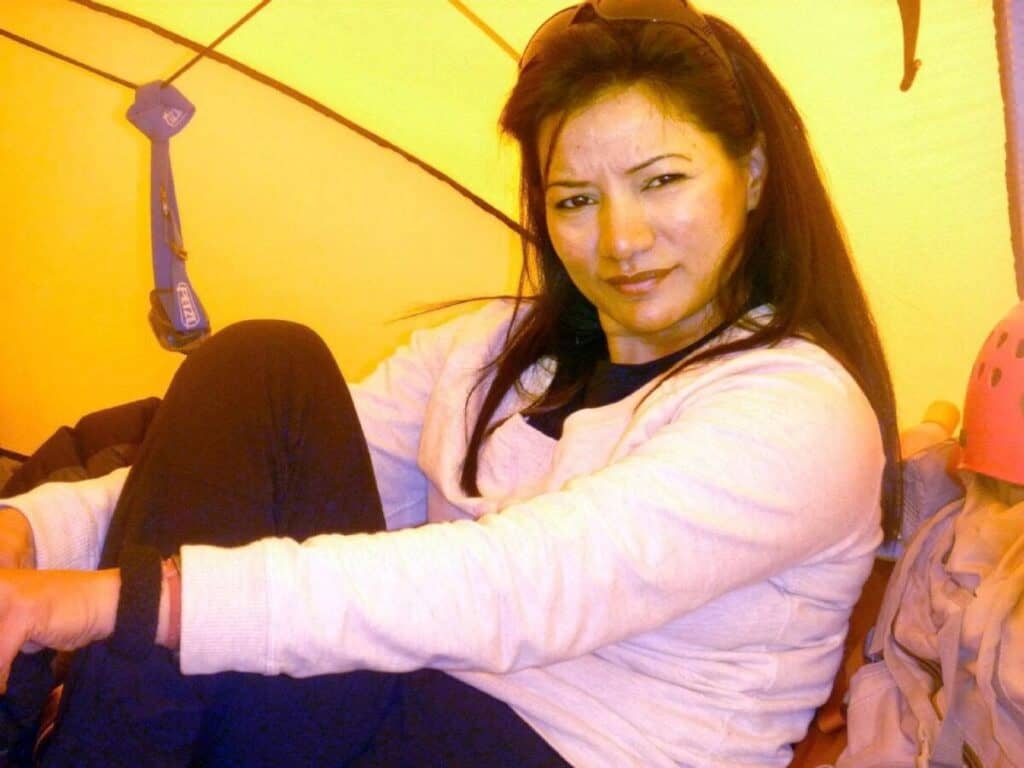
Shriya Shah-Klorfine was a Nepali-born Canadian mountaineer whose dream to climb Mount Everest ended in tragedy. The 2012 Everest season was noted for its crowded conditions, with a high number of climbers attempting to summit during the narrow window of favorable weather. Shah-Klorfine was very inexperienced and slow, which ultimately led to her demise.
She successfully reached the summit late in the day, but became exhausted and ran out of supplemental oxygen. She died on May 19, 2012 during her descent, on the mountain’s south side near the Balcony area. A team of Sherpas successfully retrieved her body.
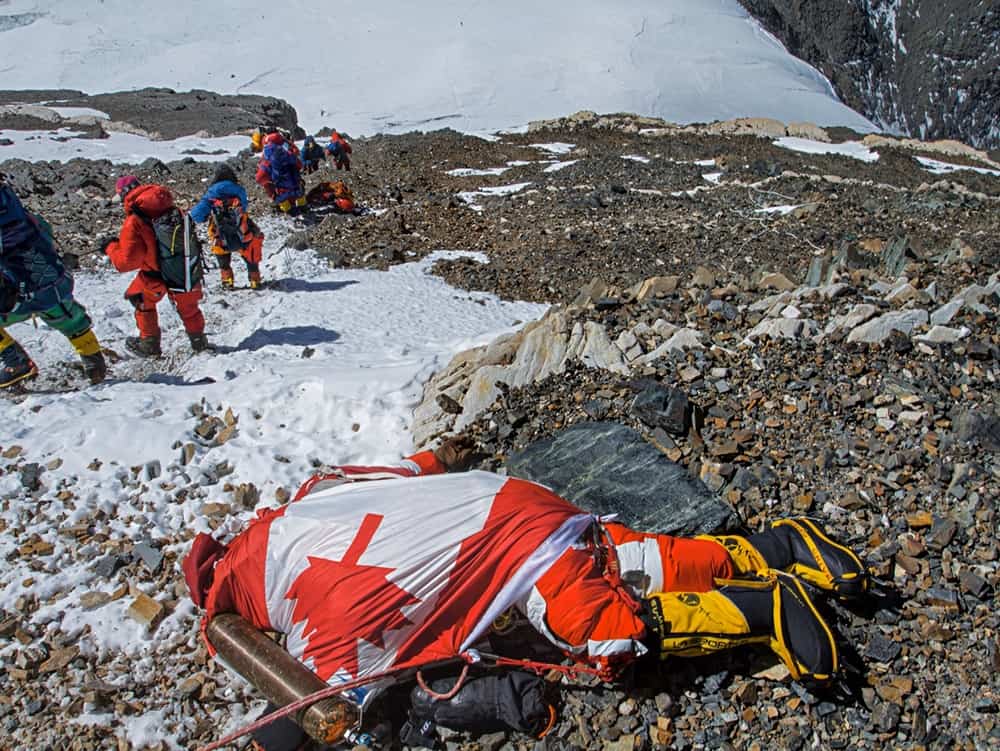
Read more about Shriya Shah-Klorfine.
Everest’s Impact on Climbing Culture
The culture of climbing on Mount Everest has come under scrutiny for its emphasis on summit success over safety and ethical considerations. This focus on reaching the summit at all costs has given rise to the phenomenon known as summit fever, where climbers prioritize personal achievements over the well-being of themselves and others. Summit fever has been implicated in numerous climbing accidents and fatalities on Everest.
The tragic events that have unfolded on Everest, such as the 1996 disaster, have prompted reflections on the commercialization of expeditions and the need for a more balanced approach to mountaineering. The pressure to achieve summit success have sometimes overshadowed the fundamental principles of safety, respect for the mountain, and mutual assistance among climbers.
Despite the inherent risks and controversies surrounding Everest climbing, the allure of summiting the world’s highest peak remains a powerful draw.



















































